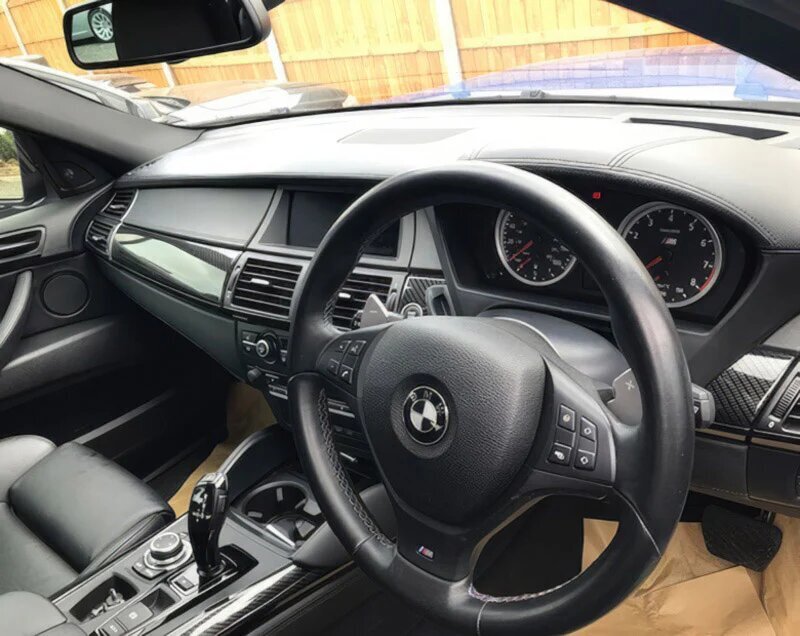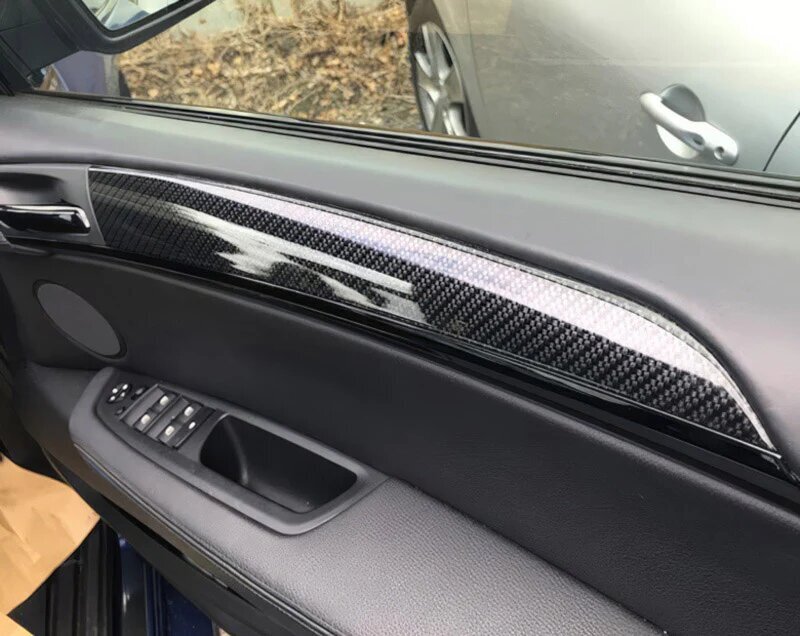People in the UK love custom cars more than ever before. They want cars that look stylish and show their personality clearly. The vehicle customization market is growing very fast today. Research demonstrates that from 2023 to 2033, this market will rise by 4.2% every year.
One exciting way to customize your car is with hydro dipping car parts. This creative method gives your vehicle a bold new look. It adds beautiful prints and patterns to parts that are hard to wrap. You can use it on rims, interior trims, or side mirrors.
While the hydrographics works well on small or tricky parts, vinyl wrapping still remains ideal for full panels. People who love cars often choose both to get perfect results.

What is Hydro Dipping?
It’s a smart way to add prints to car parts using water. This technique is also called water transfer printing. It works by placing printed film on water and using pressure to apply it.
This technique makes ordinary parts look completely transformed. It is used widely on rims, door handles, dashboards, and spoilers. You’ll find hundreds of design options to match your taste and style.
You can pick from hydro dipping patterns such as flames, skulls, marble, or camouflage. Many car fans also love the look of carbon fibre hydro dipping, which gives a modern, race-inspired finish.
This method is better for parts that are too complex for vinyl films. It covers 3D surfaces easily and gives clean, lasting results. But if you want to change the look of a car hood or door, vinyl wraps may still be the smarter option.
How Hydro Dipping Works for Car Parts
Understanding how to hydro dip car parts will help you see why this method is so popular. It’s not too hard to do, especially with some practice.
- First, you need to clean the car part well and make sure it’s dry. Next, a base coat is sprayed onto help the film stick better.
- After that, a sheet of hydrographic film is carefully floated on warm water. A special activator spray is then used to melt the film slightly. This process turns the film into a liquid form that sticks to the surface of the part.
- Once ready, the part is slowly dipped into the water. The ink wraps around the part and covers it with the printed pattern. After dipping, the item is rinsed well to remove extra ink. A clear coat is then sprayed to protect the surface and add shine.
This method works for small or oddly-shaped items. It’s great for dashboard trims, knobs, or emblems where vinyl film may peel.
Benefits of Hydro Dipping for Vehicles
There are many reasons why people love using hydro dipping techniques for custom cars. This method offers impressive results with less work and lower cost.
Here are the key benefits of these hydrographics:
- Gives a long-lasting, scratch-resistant finish
The clear coat applied at the end protects the part well. It makes the design stay sharp and stops it from wearing off easily.
- Let's you choose from many exciting designs
With a wide range of hydrographics patterns, you can match any car style. From wild prints to sleek finishes, there’s a design for everyone.
- Costs much less than full-body paint jobs
Professional paint jobs are expensive and take more time. But hydrographics provides similar visual results at a lower price point.
- Works better on small or curved surfaces
Complex parts are hard to wrap with film. Hydrographics car parts is perfect for those tight spots that wraps cannot handle well.
- Gives options for different textures and finishes
You can choose matte finishes or go with carbon fibre finishes. Both styles give your car a more modern and bold appearance.
Hydro Dipping vs Vinyl Wrapping
- Hydro dipping is perfect for smaller 3D items like wing mirrors or knobs. The film hugs the shape without wrinkles and stays in place. You can add cool details that give a strong custom feel.
- Vinyl wrapping, however, works better on big surfaces. It’s good for flat or slightly curved panels like the roof, hood, or doors. TeckWrap’s glossy films can give your car a fresh, polished appearance.
Each method is durable if maintained properly. Both resist small scratches and sun damage. Many car lovers even use both methods on one vehicle for better results.

Is Hydro Dipping a DIY Option?
Many people wonder if DIY Hydrographics is possible. The answer is yes, and you can try it at home. You’ll need some basic tools like film, spray paint, and a large water tub.
The most important item is the hydrographic film, which holds the design. You’ll also need activator spray, a base coat, and a clear finish coat. You should work in a clean area and wear gloves and a mask.
It’s recommended to start with small parts such as badges or gear knobs. These are easier to dip and perfect for learning. Once you gain confidence, you can move to larger or trickier items.
If you want something simpler, try TeckWrap vinyl wraps. These are made for easy application and don’t require water or chemicals. They are a smoother option for beginners working on large flat areas.
Final Thoughts
Hydro dipping car parts is a fun and creative way to update your car. It gives you full control over your vehicle’s design without spending too much. The prints are vibrant, long-lasting, and ideal for unique looks.
If you want to customize larger panels, vinyl wrapping is a better pick. TeckWrap offers many wrap types, including matte, gloss, and carbon textures. You can mix both techniques for a full custom project. No matter what you choose, your car will reflect your style clearly. These methods are about creativity, expression, and saving money all at once.
Ready to give your car a fresh, bold new style and want an easier way to customize your car? Explore TeckWrap’s vinyl wraps to find what fits your project.
